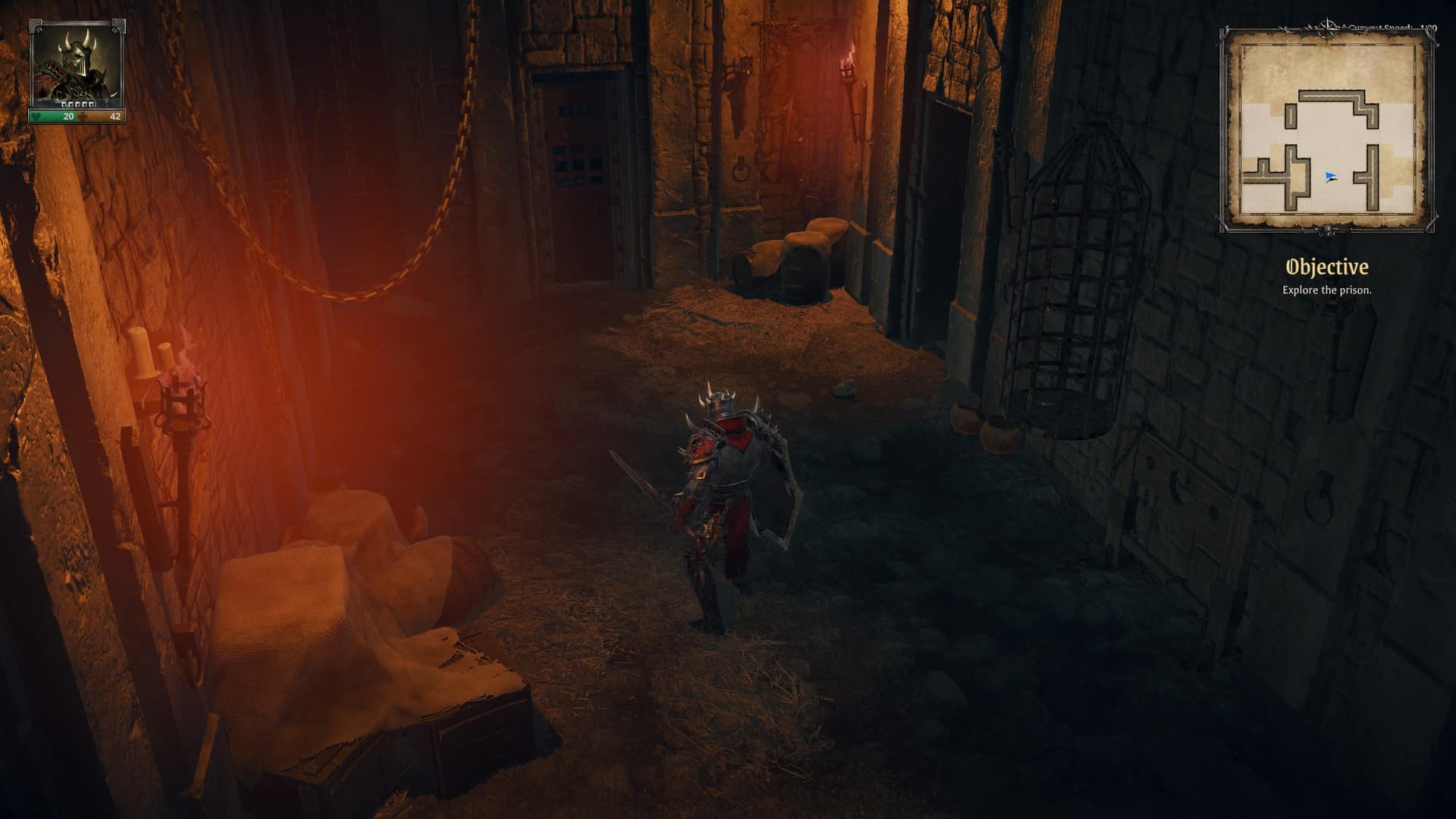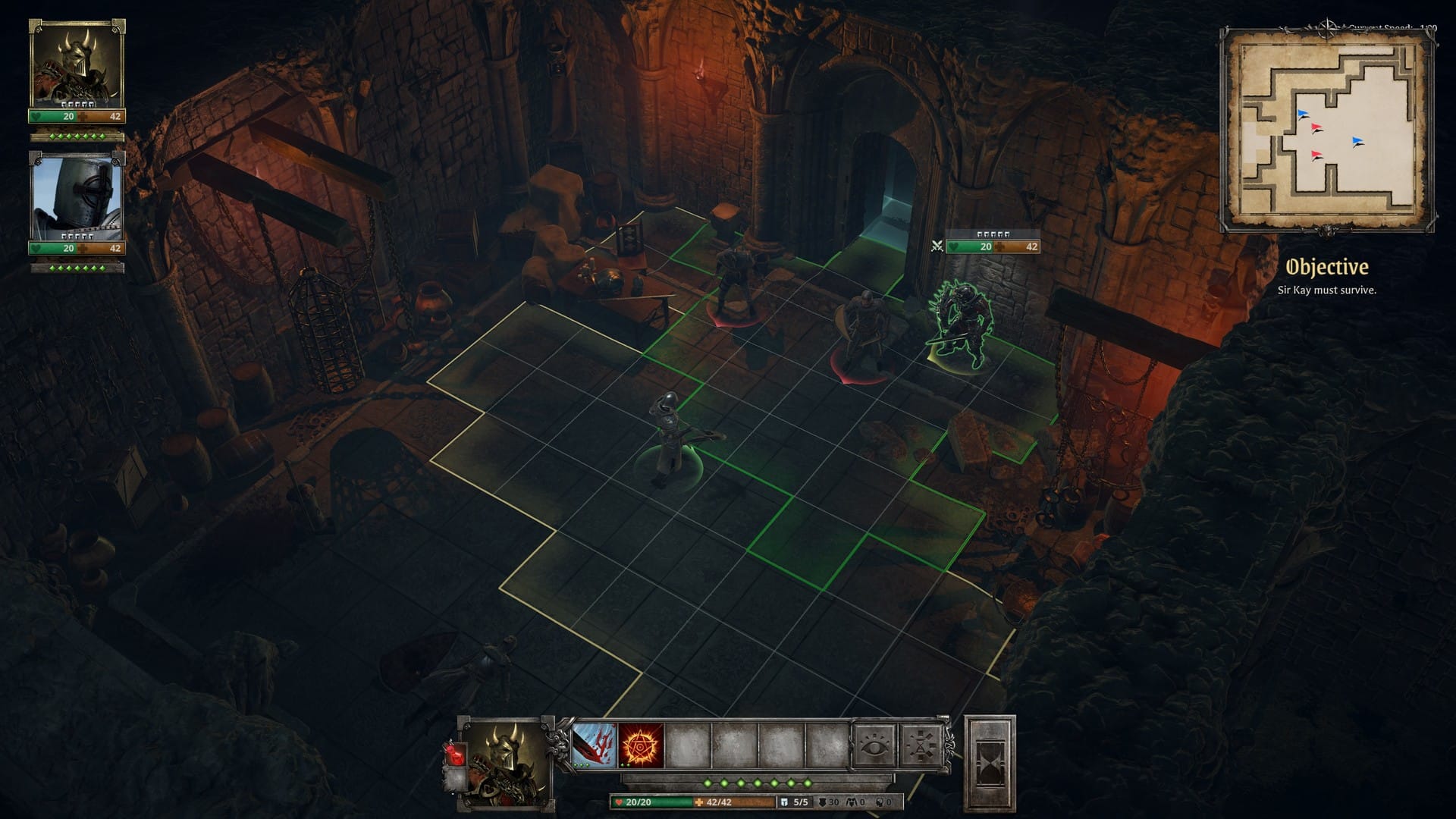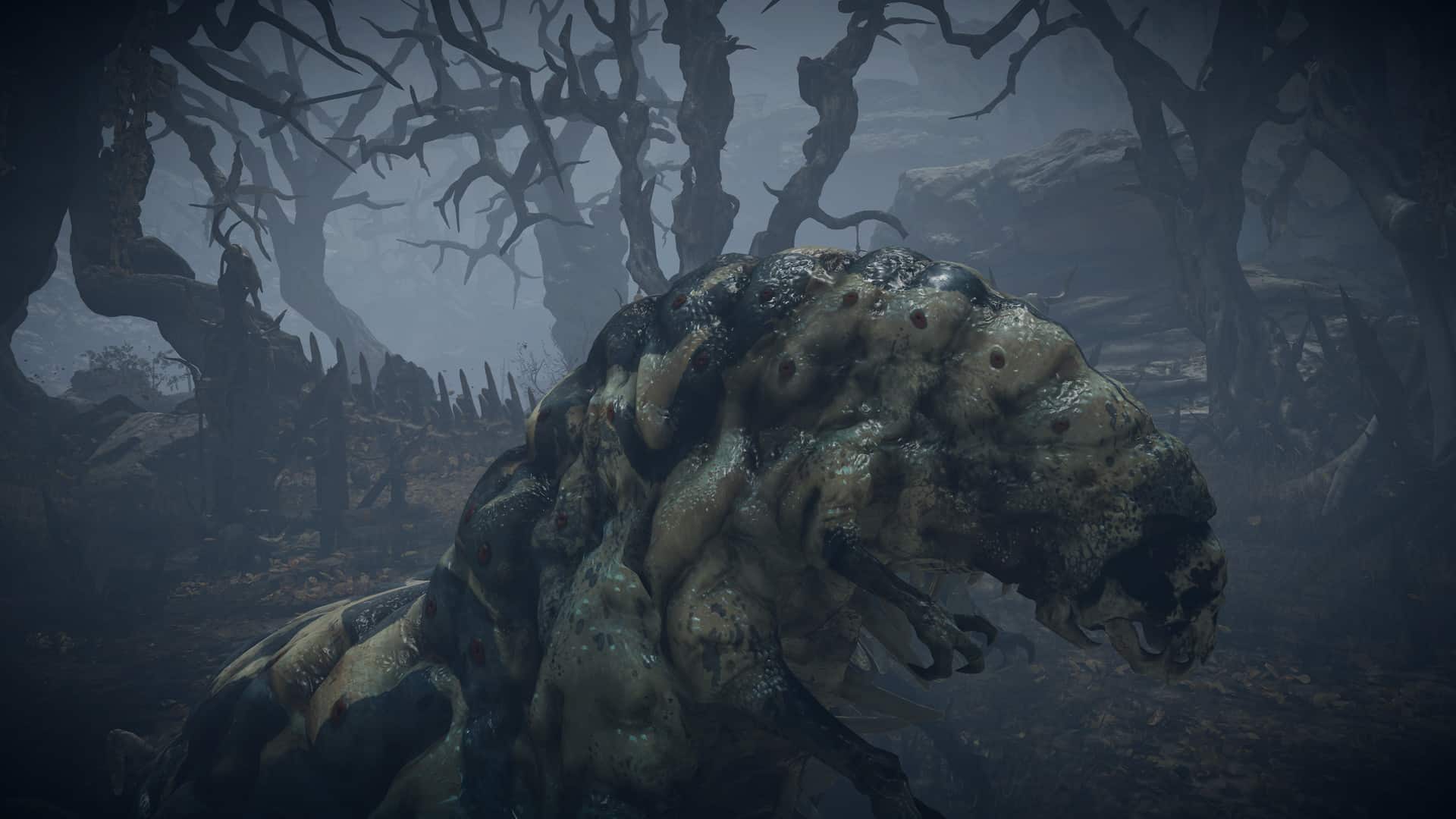Sir Mordred, the Dark Knight, has waged war on his arch enemy, King Arthur. This battle not only ravaged the lands but also led to the deaths of both these mortal enemies. However, death wasn’t the end of these two warriors’ tales, as the mysterious Lady of the Lake has awakened Sir Mordred and given him the task of stopping a much different reawakened King Arthur. Now you are in control of Sir Mordred and will determine the outcome of this Arthurian tale. This is the premise of the new tactical RPG King Arthur: Knight’s Tale from NeocoreGames, which entered Steam Early Access on Jan. 26.
The game was funded on Kickstarter and intends to be in early access for three-to-seven months. I went into the title expecting a beautiful yet standard turn-based tactical RPG experience. However, once I sunk my teeth into it, I found that it adds some great bells and whistles to that base experience that make it something truly special.
King Arthur: Knight’s Tale evokes thoughts of games like Planescape: Torment with its exploration and character interactions that can happen in-between the action, though it lacks the depth of these features Planescape boasts. In Knight’s Tale, after selecting a mission/town to visit, you and your party of up to four are free to explore while looking for enemies to encounter and potential party members to recruit. Although, I felt these maps, while graphically pleasing, could be rather dull and lacked the exploration and awe that an RPG should. However, that may be due to the exploratory focus being on the battlefield and using it to your advantage.

At times during, before, and after battles, you’ll be able to talk using various dialogue options with other characters. These interactions often present you with moral choices, which will both affect the actual story and alter the gameplay itself by presenting you with different perks and consequences. An example of these is being able to recruit or lose different units depending on which alignment they lean towards, good or evil. This morality system offers a bit of replayability but not nearly as much as the previously mentioned Planescape. The current dialogue options are rather simple and limited, each being very samey with the only real difference being one sounding nicer and the other being the rude way of saying the same thing. This may just be a consequence of early access and could be cleaned up with the full release.
When approaching enemies, the game shifts from exploration to a familiar tactical RPG setup. More in-depth mechanics are introduced in the tutorial. The first notable one is the ability to use the terrain to your advantage. From taking cover behind trees and walls in order to avoid archers, to hiding in bushes to surprise-attack an enemy, you are encouraged to study the wide variety of different maps and use them during your battles. To add to the strategy, it is possible to scout maps while undetected to find more deployment areas for your troops, as well as traps to lure in enemies to take the fewest amount of risks possible.
Map tactics aside, party composition is another major factor in battlefield success, and King Arthur: Knight’s Tale in early access offers a large variety in whom you may command to fight the hordes of bandits, knights, and hellish monsters lined up to take on Mordred. The game boasts 30 heroes, five different classes, and many different skills unlocked via skill trees to mix and match. A Roguelike mode is also available that entails permanent death for your party members and no possibility of reloading to change their fate or your choices in and out of battle. In totality, these features, along with enemies having different strengths and weaknesses, make for a tactical RPG that may not break too much new ground, but it is solid and deep enough to keep players entertained. However, the somewhat stiff battle animations and lack of “oomph” to hit effects may leave you wanting more.

During combat, you have the ability to generate and save Action Points (AP). It is a familiar mechanic: A set amount of points has to be spent in order to perform actions such as using skills, moving from point to point, and attacking. If you don’t use up all your AP, you’re able to either save it for the next turn or use it to Overwatch. Overwatch is done by consuming all remaining AP and selecting a set area to face for the next turn. Once an enemy enters this selected area during their turn, you will execute a free attack. This maneuver can be expensive and extremely risky, but the reward can shift battles in your favor.
One of the main goals behind these missions is to gain materials, loot, gold, and experience in order to rebuild Camelot and give better gear and abilities to your party members. Watching your kingdom, knights, and archers grow feels rewarding and makes for a great gameplay formula. However, for some I can easily see this gameplay style getting old and wearing out its welcome rather quickly, as with the case of many games of this variety.
The graphics and presentation of King Arthur: Knight’s Tale amplify the experience, even in early access. Neocore completely nailed the mythological Arthurian look it was aiming for. Many environments, such as the first mission’s castle stage, are decorated wonderfully, and the character and monster designs are darkly beautiful and unique. They really make traversing the maps feel worth your time. However, the grimdark and sometimes drab look of this world might be a turnoff to some. Some extra splashes of color and vibrance here and there could keep the environments from flirting with monotony.

What really surprised me was how interested and entertained I was with the story. As early as the epic opening cinematic, I was pulled in and wanted to see where my decisions would take the story. King Arthur: Knight’s Tale seems like it will offer extensive replayability, and I’m hoping that Neocore takes this to the goal as the game rolls out more features and hopefully deepens the dialogue options in order to maximize it. Though I was unimpressed with the dialogue options here, I greatly enjoyed the characters and the dialogue itself and still looked forward to where the story would go. Sadly, early access doesn’t delve much into the story of King Arthur: Knight’s Tale as of yet, but I have faith that Neocore is going to impress with the full game and the unraveling of Mordred’s tale.
One negative I ran into while playing was the somewhat confusing nature of the battle menu. While I did adapt to it, I got lost a few times when trying to find out just where my AP was located at first, the difference between my stamina and armor meter, and how to use items such as potions. This isn’t a huge issue, but it did stump me and get me into a few bad positions earlier in the game.
Another issue that I felt should be addressed is the difficulty spikes in the game. In the second mission after attaining my first archer, I faced a battle during my first enemy encounter of the stage that kicked me to the curb. Due to the fact that each mission presents you with limited ways to heal and repair armor, there are times that you could be stuck in an unwinnable situation come your next enemy encounter if you’ve already taken damage. What makes this even more difficult is that while armor may be fixed, actual health damage isn’t restored after missions. This design decision encourages you to switch out units for others to heal but can put you in a bad spot early in the game when you lack party members, somewhat souring the experience at some points.
So far though, King Arthur: Knight’s Tale in early access is a great experience all around. Each aspect of the game should appeal to anyone looking for a challenging new tactical RPG to play. Not only will those wanting a fun morality-based game have a good time, but fans of the tactical RPG genre will definitely enjoy exploring an update on a classic genre.
Stay tuned for further impressions on King Arthur: Knight’s Tale as the game makes its way through early access.





Published: Feb 9, 2021 01:30 pm